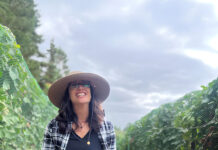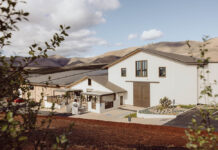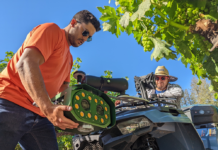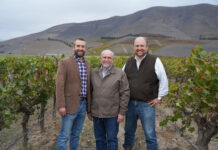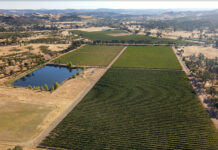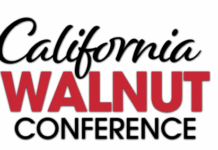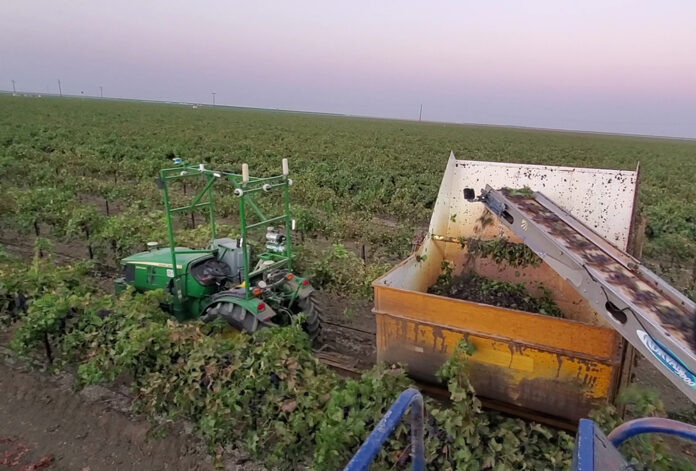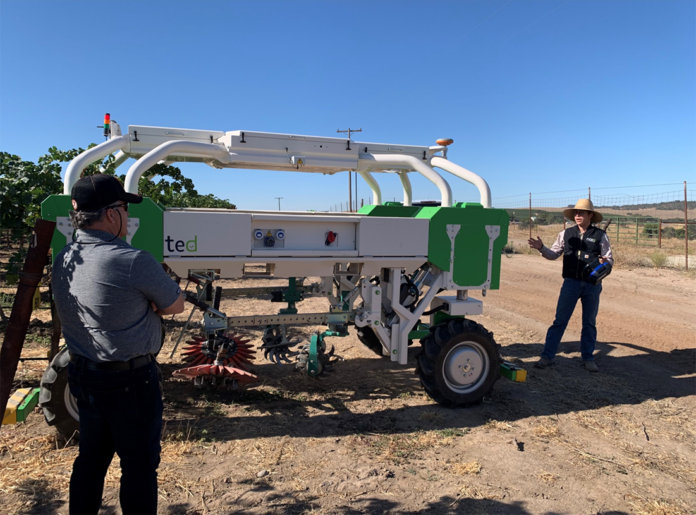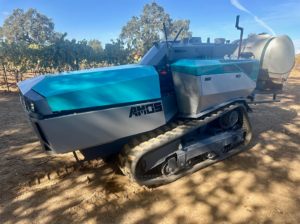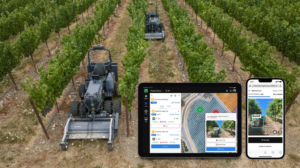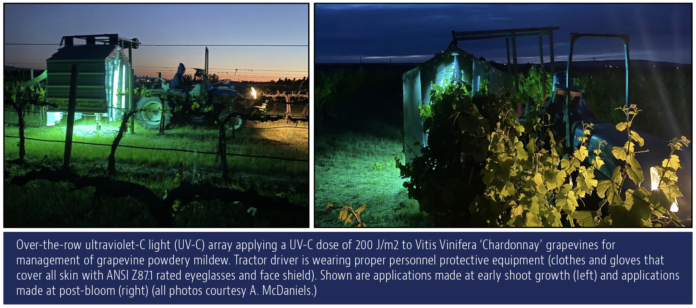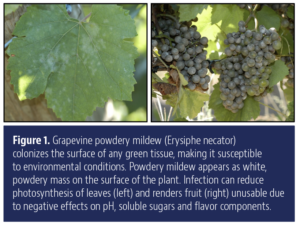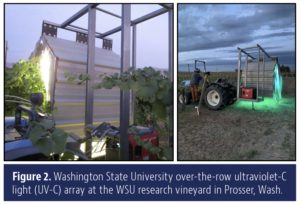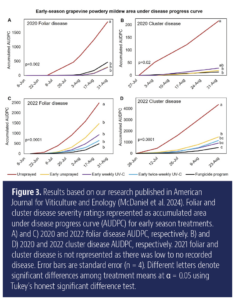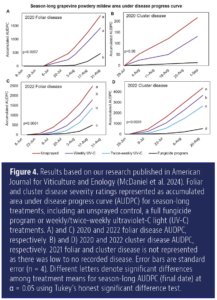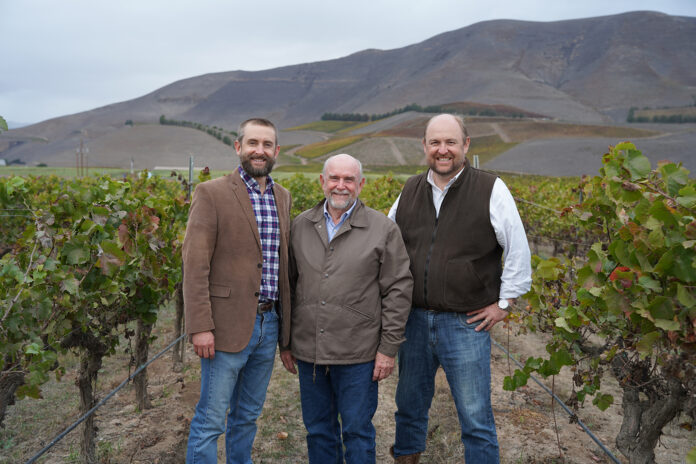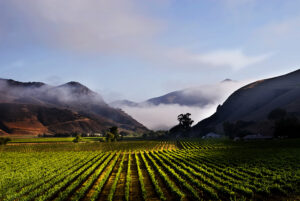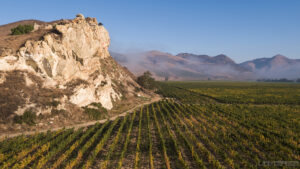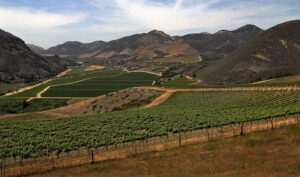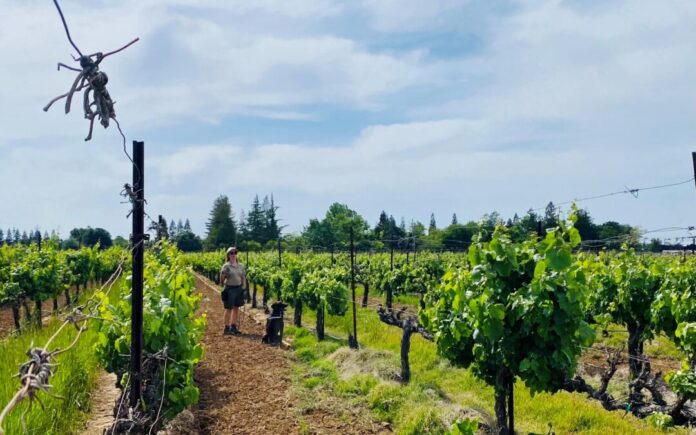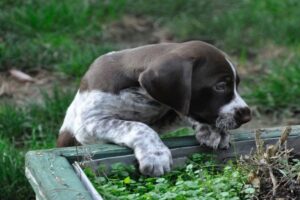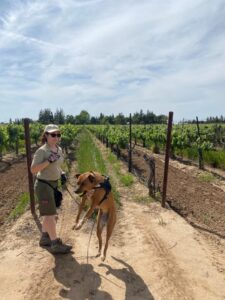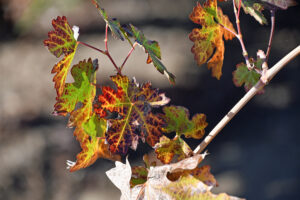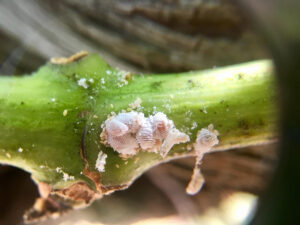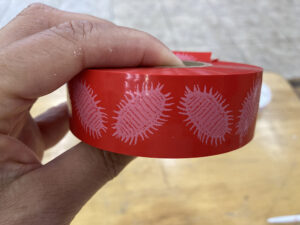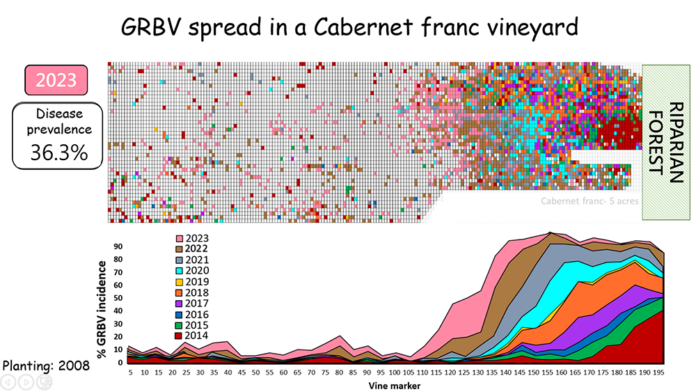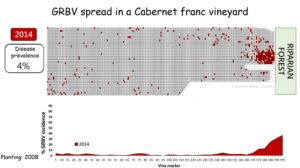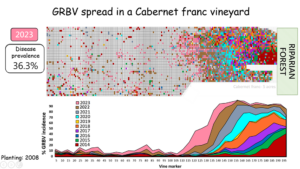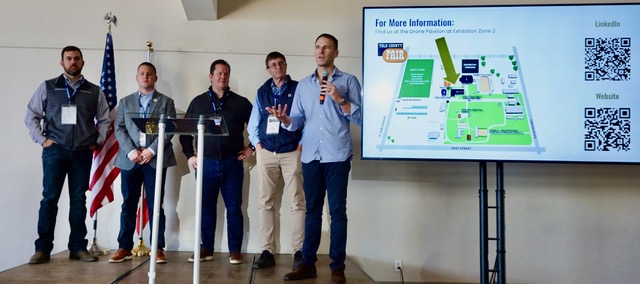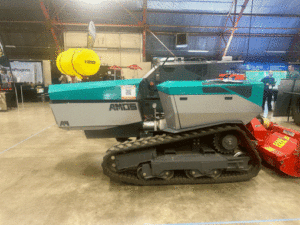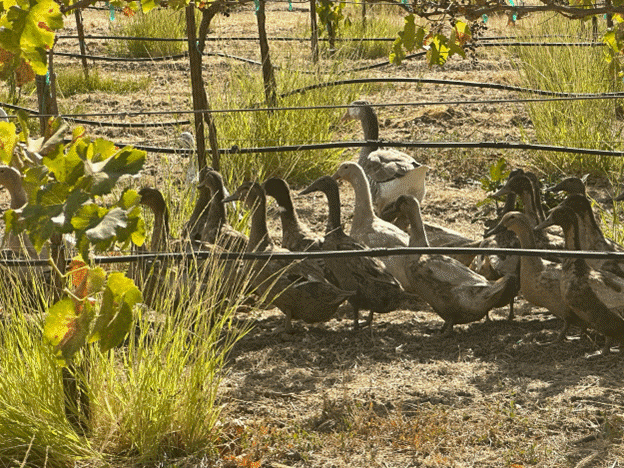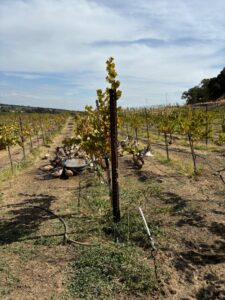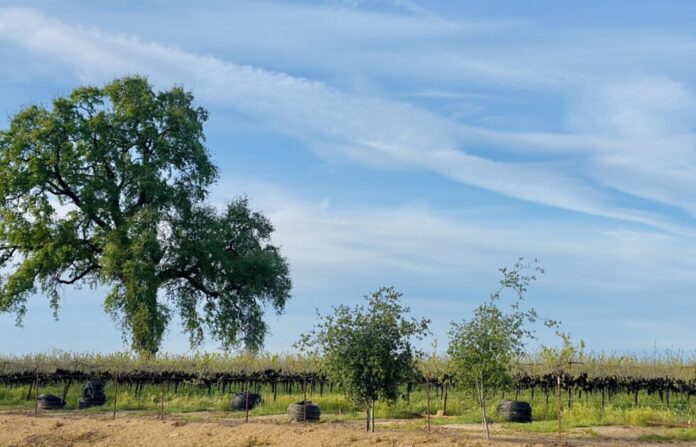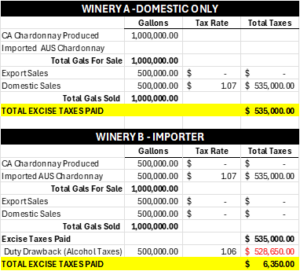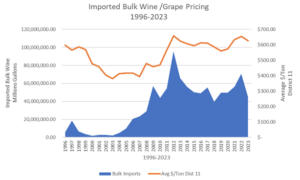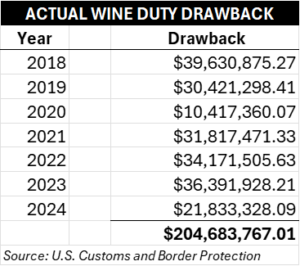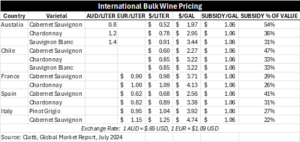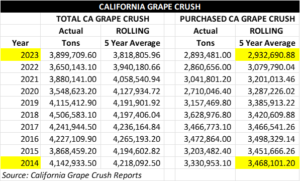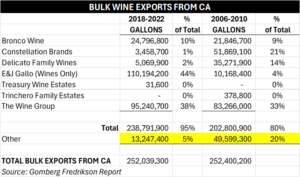The California Association of Winegrape Growers (CAWG) prides itself on its work advocating for (or when necessary, against) legislation that affects the winegrape industry.
“One of the most essential and valuable CAWG member benefits is advocacy,” states the organization’s website. “CAWG is the only statewide organization dedicated exclusively to protecting and promoting your interests before the state legislature, Congress and regulators.”
Now that the 2023-24 California legislative session is over, Michael Miiller, CAWG’s director of government relations, looked back at the most important bills of that session and looked ahead to the group’s advocacy goals for 2025.
Senate Bill 399
Earlier this year, CAWG urged a “no” vote on SB 399 in the California State Senate. This was arguably the most important of the more than 20 bills that CAWG took a stand on.
“The bill was sponsored by labor unions, and they said the bill was needed to make sure employers aren’t forcing their employees to listen to political posturing, diatribe, whatever, from their employer,” Miiller explained. “That’s what they said the bill is trying to do.
“But that is already illegal,” he said. “I can’t say, ‘Hey everybody, stop what you’re doing and let’s get together and talk about whatever candidate.’ That’s not allowed in the workplace. You can’t push your employees to do that.
“But the bill, the way it was written, goes way, way, way beyond that,” he continued. “It basically says things like if you have a vineyard and you put up a sign that says, ‘Vote for Bob for State Senate’ and any employee who’s working in that vineyard doesn’t like Bob, they can say, ‘I refuse to work at that vineyard because I don’t like Bob, and I don’t want to see that sign.’”
Despite CAWG’s efforts, SB 399, known as the California Worker Freedom from Employer Intimidation Act, was signed into law in late September and will take effect Jan. 1, 2025.
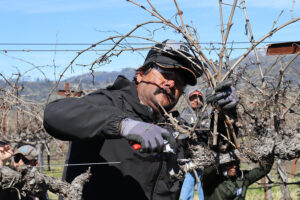
Groundwater Recharge
The organization was more successful with groundwater recharge legislation and is currently considering ways to expand it in 2025.
“Even though we have droughts, and climate change is real, we know how climate change is going to affect the water supply,” Miiller said. “We’re still going to get the same amount of water, but it’s going to be delivered differently.
“We’re not going to get the big snow cap in the Sierra that we’ve had before,” he continued. “We’re not going to get a routine winter rainfall like we have before. Instead we’re going to get periods of drought and we’re going to get periods of heavy storms.
“So, what we what we’ve done is to say, ‘Well, we have the heavy storms happening right now, and that water is in large part flowing out to the Pacific through flood protection and storm water runoff in urban settings,’” Miiller said. “What we’d like to do is capture that water and pump it underground and do groundwater recharge so we have a more reliable supply of groundwater across the state.”
Miiller believes local groundwater basins with a Sustainable Groundwater Management Act (SGMA) program in place should receive some kind of a credit.
“If you are actually pumping water underground, adding to the groundwater supply, shouldn’t there be a little bit of a break for you?” he asked. “The discussion of SGMA has to be not just on the demand side but on the supply side as well.
“We need to make it easier for people to do groundwater recharge because that is the future of our water supply in California,” Miiller said. “We really need to make that a priority.”
He suggested the possibility of a metering system to determine credits like how credits are calculated for electricity generated by solar energy.
“We’re still looking at the concept,” Miiller said. “We’re working with environmental groups. We’re working with water agencies and others to figure out how we want to approach that next year.”
The California Water Supply Solutions Act of 2023 was authored by Senator Angelique V. Ashby and co-sponsored by CAWG.
“California’s water supply is becoming alarmingly scarce due to changes brought on by climate change, and groundwater recharge is an essential tool to address these challenges,” said Senator Ashby in a press release.
“The ability in wet times to store water underground to be used in dry years is central to the ability to conjunctively manage groundwater and surface water supplies,” she added. “SB 659 sets realistic groundwater recharge and storage goals to put our state on track to ensure we have a reliable supply of water for the environment, our communities and California industries.”
The legislation was passed by the state legislature and went into effect on Jan. 1, 2024.
“SB 659 represents the most significant effort since creation of the Sustainable Groundwater Management Act in 2014 in emphasizing the supply side of managing groundwater,” said CAWG President Natalie Collins in a press release.
“Now we’re looking at expanding that,” Miiller said. “Now we’ve got to figure out how do we make that happen in practice. How do we help reach that goal? What are the policies we could put in place to help achieve that goal?”
Housing for Ag Workers
“We’re also looking at things like revisiting the housing issue,” Miiller said. “What can we do to provide more housing for ag workers? That’s something that we’re going to look at addressing again in 2025.”
However, the state legislature is reluctant to take that issue on, according to Miiller.
“There were a few small bills that were passed last year that we supported, but they’re kind of around the edges,” he said. “They don’t really deal with the bigger problem. We just have a lack of affordable housing for ag workers.”
As things currently stand, many ag workers have to drive two hours to work because they can’t afford to live where they’re working, according to Miiller.
“There are a couple of challenges with housing: One is the NIMBYs (people who say, ‘not in my backyard’) are very strong in in local communities,” he explained.
Miiller used the situation in Half Moon Bay as an example of the problem for ag workers. A mobile housing development was under construction after the tragic murders that occurred in ag worker housing there.
“The city government said, ‘We don’t want to build housing here because we think that the protection of the coast is more important,’” he said. “So, they were looking at the coastal zone and environmental laws, and giving that a higher value than meeting the housing needs of their community.”
Miiller called that “a subjective analysis to how you build housing” because people there view affordable housing for ag workers as something negative. “We view it as you need more affordable housing for ag workers.
“It is a tough industry right now,” Miiller said. “The market for winegrapes is down, and we’re looking at probably taking out about 50,000 acres of winegrapes statewide. If you take out winegrapes and take out vineyards, there’s an opportunity to build housing on that same land for ag workers who are working in other vineyards or in other commodities, but to do that is very difficult.”
The challenges are in getting the permits, getting everything done, and “fighting the NIMBYs,” he said. “But it’s also difficult in the financing, and so we need to really make that a higher priority.”
Currently, the Joe Serna, Jr. Farmworker Housing Grant Program helps to fund the construction, renovation and acquisition of housing for ag workers. Assistance is offered in the form of deferred-payment loans for multifamily housing and grants for new single-family housing.
“That fund, frankly, needs more funding,” Miiller said. “It needs to increase dollars to help support ag worker housing. It should be ag worker housing on ag land, where it’s closer to where people are working so people aren’t driving two hours to work. Those are the things we’d like to see the legislature really take on.”
Miiller said the first step toward more affordable housing for ag workers would be streamlining the permitting process.
“We did a bill last year that we may revisit,” he said. “This is [Assemblymember Carlos] Villapudua’s legislation that we couldn’t get a hearing on. The committee wouldn’t even hear it because they just don’t like the idea of building ag worker housing on ag land. They think this should all be run by nonprofits or local governments, and we don’t object to that, per se, but it hasn’t happened. So if nonprofits and local governments aren’t stepping up to build the housing, then we think you should really look at the growers who are willing to do that and make it easier for that to happen.”
Villapudua initially had registered to run for reelection in Assembly District 13 but following some political maneuvering before the election, will be replaced.
“So, we’ll be looking for somebody else next year,” Miiller said. “The legislature doesn’t even come back in until January, so we have some time to figure out how we’re going to approach it.”
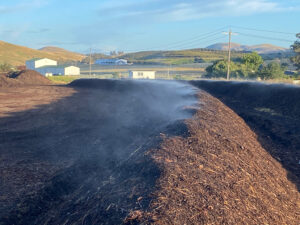
Composting
“We’re also looking at things like composting on agricultural land,” Miiller said. “We know we have the ability to create healthy soils by doing some carbon sequestration on ag land.”
Increased composting offers environmental benefits as well as climate change benefits, he said, “but we need to make it easier for growers to compost.”
Miiller suggested a tax credit to subsidize some of that cost, adding expediting the permit process would also help.
“We’re still looking at what to do with that,” he said. “We did a tax credit last year that didn’t make it through, but we’ll be revisiting what we want to do with that again next year.”
State Senator Monique Limón was the author of SB 1135, the bill introduced last year that would have made it easier for growers to increase composting on their farms.
“She was a great author,” Miiller said. “She worked very hard on that bill last year, so obviously she’s somebody we’d want to talk to first.”
Senator Limón, who represents Senate District 19, which includes Santa Barbara and the surrounding winegrape-growing areas, seems receptive to introducing a compost bill in the state senate next year.
“[Senate District] 19 is a leading producer in the wine industry for our state, and for that reason I want to ensure our farmers and winemakers are able to find ways to divert organic wastes from landfills in a cost-effective manner,” she said. “Compost is expensive to produce, transport and apply to the land, making it a significant barrier for far too many. SB 1135 would have provided an economic incentive to utilize the practice of composting by providing a tax credit to cover costs associated with composting.
“At this point in time, I am working with my team to solidify our legislative package and would be open to the idea of continuing our work on this issue from 2024,” she added. “With that said, California is currently facing a budget shortfall making it challenging to pass tax credits.”
“I would just say, generally, winegrape growers are having a hard year,” Miiller said. “Obviously, the whole industry globally is having a difficult time and we are looking for legislative opportunities to help make things easier for growers. We’re trying to also deal with legislation that’s coming down the pipe that may be challenging for them, but we’re going to try to engage in those to protect our growers’ interests.”


